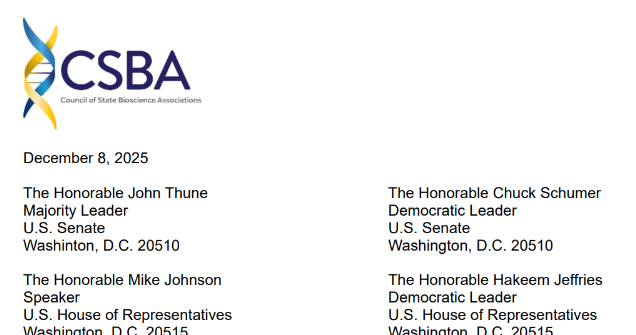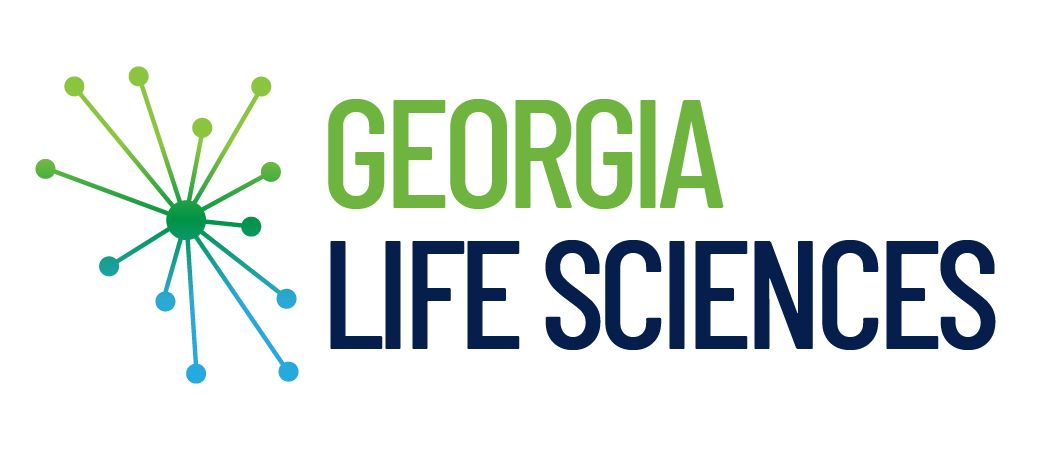COMMUNITY NEWS CBO Analysis Shows Significant Impact of NIH Funding Cuts and FDA Delays on Drug Development
What It Means for Georgia
A new report released July 18, 2025, by the Congressional Budget Office (CBO) provides the first quantitative look at how changes to federal research funding and regulatory timelines could impact pharmaceutical innovation in the U.S.
Key Findings
The report models two policy scenarios: a permanent 10% cut to NIH's external preclinical research funding and a nine-month extension of FDA review timelines for new drug applications.
NIH Funding Cuts
A 10% permanent cut to NIH-funded preclinical research would lead to:
- ~2 fewer new drugs entering the market each year
- 1 fewer drug in the first decade
- 9 fewer drugs in the second decade
- 20 fewer drugs per decade by the third decade and beyond
FDA Review Delays
- A 9-month increase in FDA review times would result in:
- 3 fewer drugs in the first decade
- 10 fewer drugs per decade in the second and third decades
- A 2% overall annual reduction in drug approvals
Implications for Georgia’s Life Sciences Ecosystem
Research Impact:
Georgia institutions such as Emory University, Georgia Tech, Augusta University, and Morehouse School of Medicine rely on NIH funding to drive foundational biomedical research. A permanent NIH funding cut could weaken the early-stage research pipeline and limit opportunities for academic-commercial partnerships.
Biotech Vulnerability:
Extended FDA review times pose a serious challenge for Georgia’s small and emerging biotech companies—particularly those operating in Augusta, Atlanta, and Athens—with limited capital to absorb regulatory delays. This may force earlier exits, reduce investor confidence, or deter innovation altogether.
Economic Risk:
Georgia’s position as a growing life sciences hub could be jeopardized. States with stronger public-private investment ecosystems may be better positioned to weather these changes—intensifying regional competition for jobs, talent, and investment.
Industry Perspective
"Without the foundational support of NIH-funded research, Georgia’s innovation engine would stall. Our universities, startups, and investors all rely on a robust federal research ecosystem to drive discoveries from bench to bedside," said Maria Thacker Goethe, President & CEO of Georgia Life Sciences. "This report confirms what many of us already feared—policy decisions made in Washington have ripple effects that directly impact patients, jobs, and innovation here in Georgia."
Looking Ahead
The CBO report makes it clear: NIH funding and FDA efficiency are not abstract policy issues—they shape the future of health innovation in Georgia. As federal budget debates unfold, Georgia Life Sciences remains committed to advocating for sustained investments in research and a regulatory environment that supports timely, equitable access to new therapies.
Read the full CBO report: https://www.cbo.gov/publication/61373




